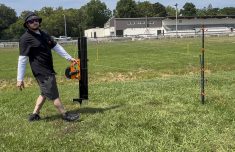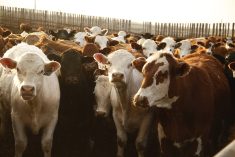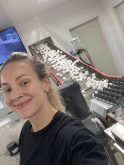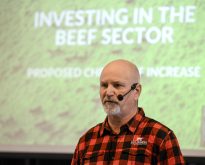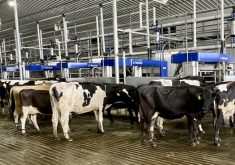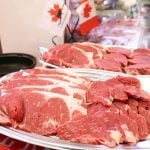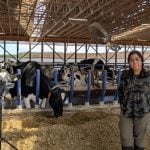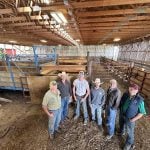Glacier FarmMedia – Heather Mundt has been keeping an eye on her eight high-tech heifers since fitting them with GPS-enabled smart tags last September.
Despite some setbacks, the Oyen, Alta.-area producer remains excited about what the technology has to offer, she said.
Mundt and husband Brenton are part of a pilot project testing the Australian-made Ceres Tag. Unlike other tracking technology, the tags don’t require extra infrastructure because the data they generate is tracked by low-orbit satellites. That means they can even transmit data through tree cover. Along with GPS location data, the tags also monitor ambient temperature and animal activity levels.
Read Also
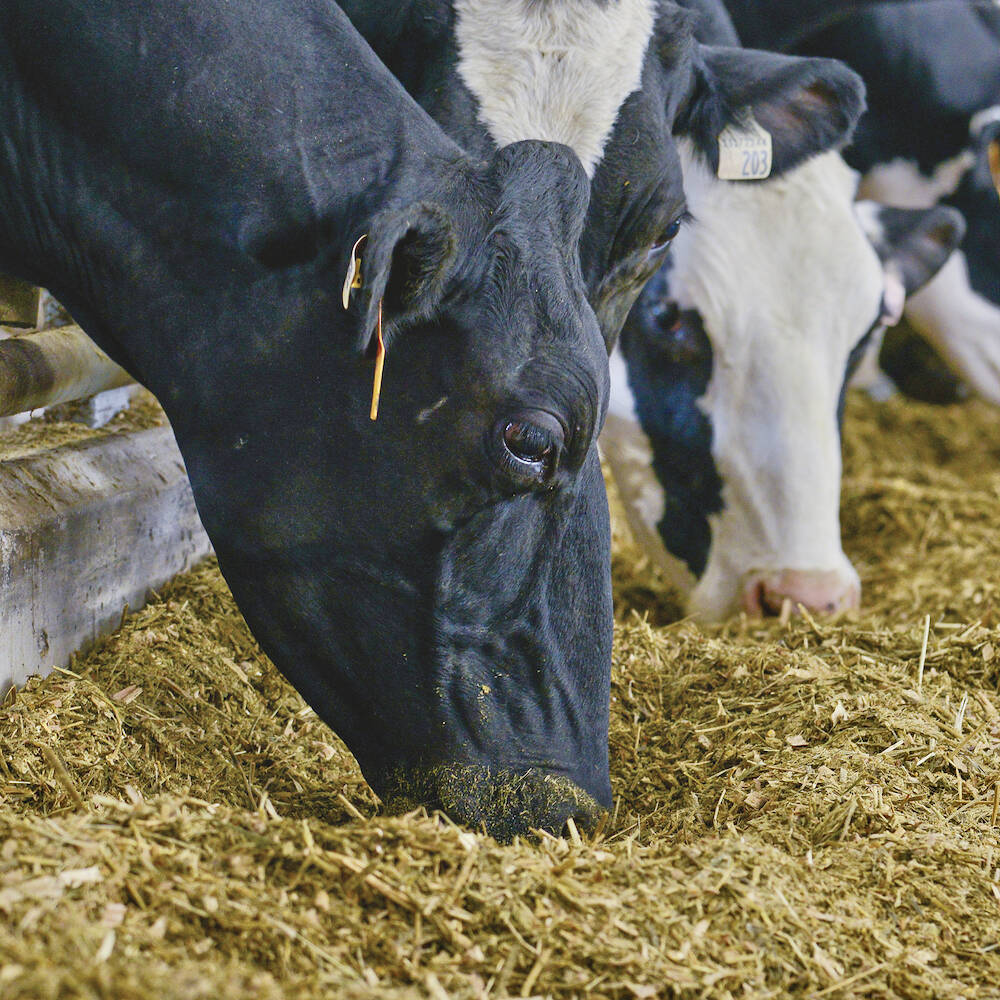
Byproducts with benefits for dairy cows
Local food processors can be a source of financially advantageous byproducts for dairy cows, but make sure the ration is properly balanced.
Mundt said the mapping data, accessed through an app called Aglive, has been the most useful for her 150-head cow-calf operation even though the herd stayed in the home pasture all winter.
“We can set a fence perimeter on the software so that, should the tag cross the physical fence and a cow gets out, it sends us an alert,” said Mundt, adding she’s keen to see how the location data will save time and fuel costs once the herd moves to larger summer pastures.
Because the cows were kept close to home, the Ceres Tag’s cold-weather limitations weren’t an issue. Designed in Australia, where the coldest temperature ever recorded was -23 C, the tags are designed to shut off and conserve battery power at -21 C.
However, cold snaps didn’t kill them, said Mundt, and the tags came on again without problems when the weather warmed up.
Tagging was also a bit of an issue as the dual-pin tags contain delicate technology and require a special applicator and gentle touch.
“You can’t just crunch it as hard as possible,” she said. “As experienced as we are at tagging cattle, I guess there’s maybe just a bit more for us to learn here.”
The tags only upload data every four hours, which is less than Mundt would like, although since each one uploads independently, the gap between herd-locating pings isn’t that long.
“Even though we only had such a small sample of our herd tagged, it was really interesting to notice where they went, because that did seem to be generally where the herd was going to,” she said.
But the biggest barrier is cost.
An intro kit — 10 tags and an applicator — goes for US$2,999, although the Canadian Agricultural Partnership’s Farm Technology Program covers GPS tags and trackers.
“And that really makes a big difference because if you didn’t have this government funding available, then I would say that it’s probably out of reach for quite a few ranchers,” said Mundt.
Cost is definitely an issue, agreed Susan Markus, a livestock research scientist at Lakeland College.
“All these technologies, they’re expensive,” she said. “We’re trying to see, is there some other value-added components to these tags besides just knowing where the animal is?”
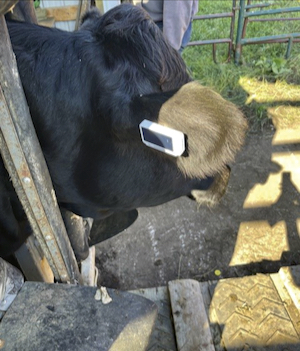
Because the tags measure movement and temperature, they have been described as a “Fitbit for cows” and in her study, Markus wanted to see if they could monitor breeding activities — specifically, what was happening when a bull was close to a cow.
But again, the four-hour upload interval didn’t offer frequent-enough data points to get that picture.
Still, monitoring cows via direct-to-satellite GPS has a lot of potential, she said.
“The whole GPS concept is extremely promising because ranchers don’t want to have other infrastructure and towers and other things set up to capture that data,” said Markus, adding the Ceres Tag might suit producers who require less frequent location data.
While this particular tag didn’t have what Lakeland researchers were looking for, they will continue to study GPS cattle tags and other monitoring technologies.
For example, they are studying a smart rumen bolus from a Hungarian company called Moonsyst International. It can detect heats, monitor calving events and track changes in behaviour that indicate health troubles. It can even track water intake via an animal’s temperature.
“If they’re not drinking water over a period of time, we don’t get those spikes in the decrease in the temperature,” said Markus. “And in the one case, the water had frozen up and there was no water to be drank. And they’re in a pen and there’s no snow to be licked. So, they obviously had no water for the day and so just to know that was extremely useful.”
However, the Moonsyst bolus is not GPS enabled, so cattle must be relatively close to a base station, which the company says has a range of 500 metres.
It’s the tracking capability of the Ceres Tag that intrigued Mundt, who noted it would be particularly useful for ranchers who have issues with lost animals or graze them in hard-to-reach areas.
– This article was originally published at the Alberta Farmer Express.



